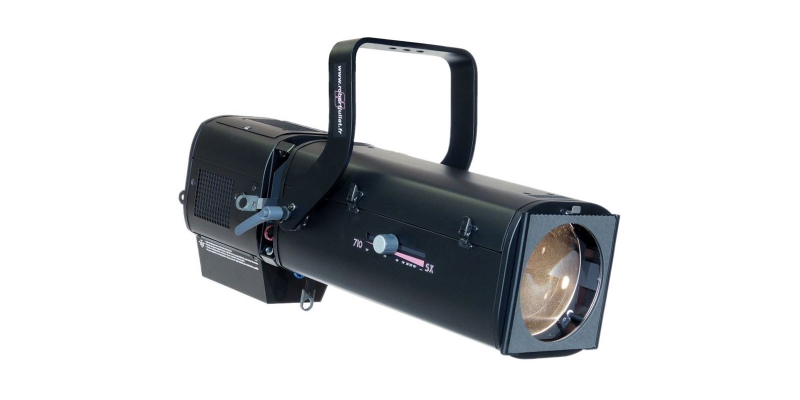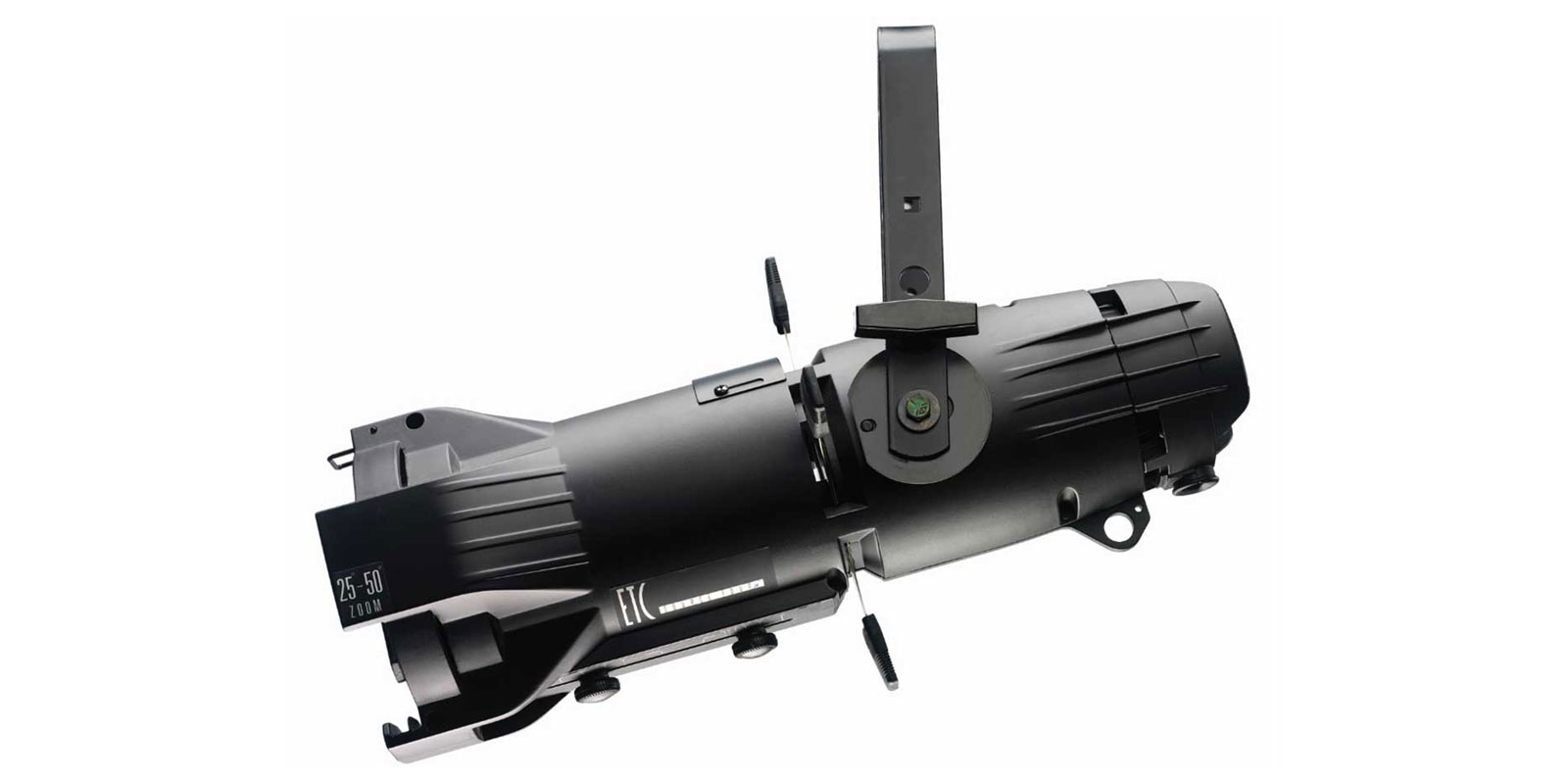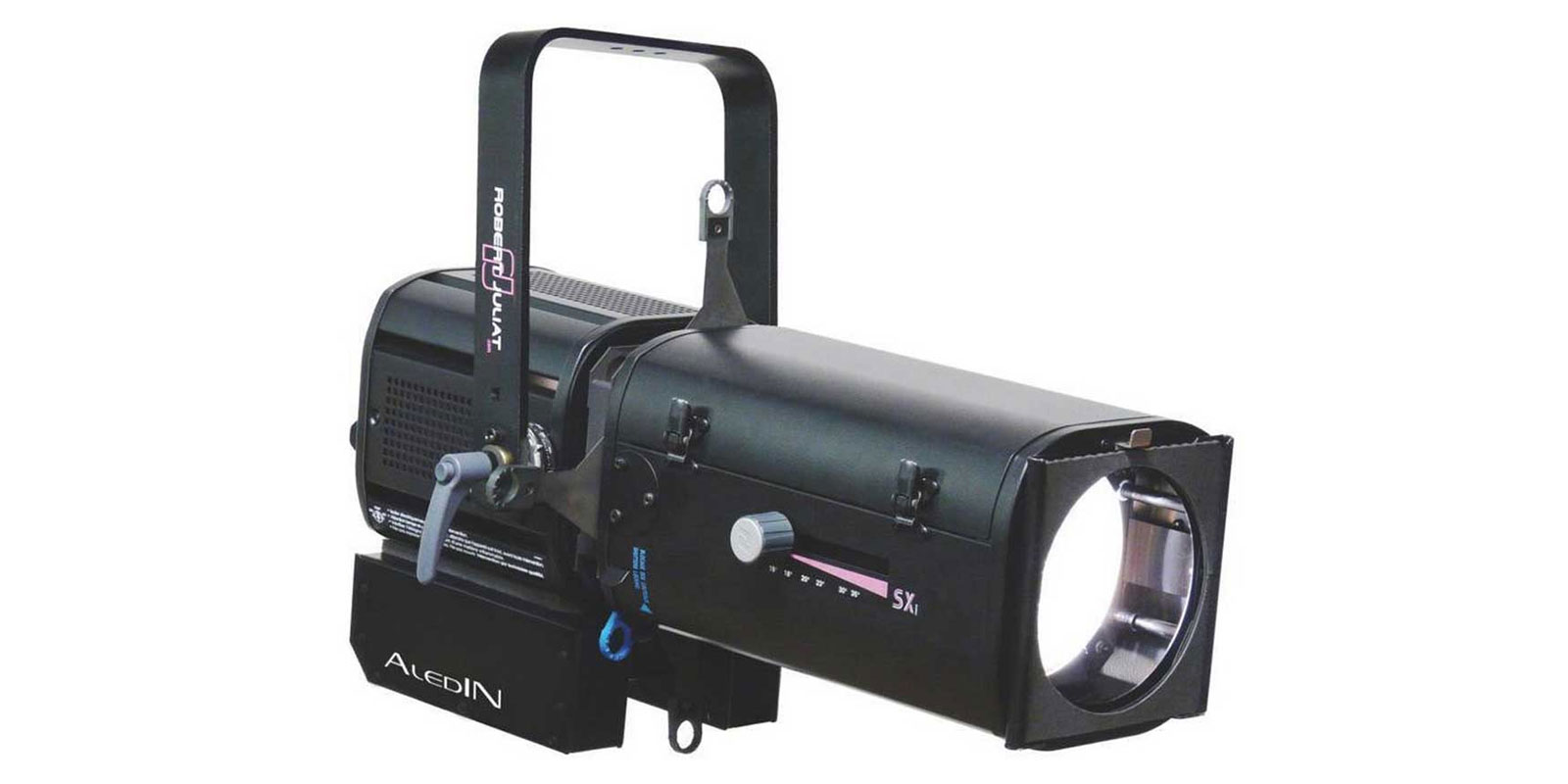Types of theatre lights
27 July 2023

|
Welcome to the captivating world of theatre productions, where every element comes together to create a mesmerizing experience for the audience. While actors, costumes, and sets often take center stage, there is one crucial aspect that often goes unnoticed but plays a significant role in setting the mood and enhancing the overall atmosphere – lighting. In this enlightening exploration, we will delve into the various types of lighting used in the theatre industry, shedding light on the techniques and equipment that bring the stage to life. From the dramatic spotlights that highlight the performers to the subtle ambient lighting that sets the scene, we will uncover the secrets behind creating the perfect visual ambiance. The Importance of Lighting in Theatre Productions When we think of theatre productions, our minds often gravitate towards the performers and their incredible talent. However, without the right lighting, their performances would lack the depth and impact that captivates audiences. Lighting serves as a powerful tool in the theatre industry, allowing directors and lighting designers to shape the audience's perception and enhance the storytelling aspect of a production. Lighting has the ability to influence emotions, create atmosphere, and guide the audience's focus. It can transport the audience to different locations, evoke different moods, and even change the perception of time. Whether it's a brightly lit stage for a lively musical number or a dimly lit setting for a poignant scene, lighting plays a crucial role in immersing the audience in the world of the play. Different Types of Lighting Instruments used in the Theatre Industry To achieve the desired lighting effects, the theatre industry utilizes a wide range of lighting instruments. These instruments are designed to control the intensity, color, and direction of light, allowing lighting designers to create the desired atmosphere on stage. Let's explore some of the most commonly used lighting instruments in the theatre industry: Spotlights: Spotlights are perhaps the most recognizable lighting instruments in the theatre. These powerful lights can be focused on specific areas or performers on stage, drawing the audience's attention to the focal point of the scene. Spotlights come in various sizes and shapes, with adjustable lenses that allow for different beam widths and angles. Floodlights: Floodlights, also known as wash lights, provide a broad, even wash of light across the stage. These lights are often used to illuminate the entire stage or specific set pieces, creating a general ambiance for the scene. Floodlights can be fitted with color filters to achieve different hues and intensities, further enhancing the mood and atmosphere. Gobos: Gobos are stencils or patterns that are placed in front of a spotlight or other lighting instrument to project a specific image or shape onto the stage. Gobos can be used to create intricate patterns, simulate natural textures, or even project scenery elements. They add depth and visual interest to the stage, enhancing the overall aesthetic of the production. LED Lights: LED lights have become increasingly popular in the theatre industry due to their energy efficiency and versatility. LED lights can produce a wide range of colors and intensities, allowing lighting designers to create dynamic lighting effects with ease. LED lights are often used for backlighting, creating vibrant and dramatic silhouettes on stage. |
 |
|
Understanding Lighting Design and its Role in Enhancing the Storytelling Lighting design is a crucial aspect of theatrical productions, as it helps convey the intended mood, atmosphere, and emotions to the audience. Lighting designers work closely with directors and other members of the production team to create a visual language that supports the storytelling and enhances the audience's understanding and emotional connection to the play. A well-designed lighting scheme takes into consideration various factors, such as the time of day, the setting of the scene, and the emotional tone that the director wants to convey. Lighting designers use their expertise to create a balance between practical lighting (lighting that serves a functional purpose, such as illuminating the stage) and artistic lighting (lighting that enhances the aesthetic and emotional impact of the production). Through the strategic use of different lighting techniques and instruments, lighting designers can guide the audience's focus, create depth and dimension on stage, and evoke specific emotions. Lighting can help differentiate between different locations, highlight important moments or characters, and even create illusions or special effects. It is an essential tool in the theatre industry, allowing designers to transform the stage into a captivating visual experience. Basic Lighting Techniques for Theatre Productions Now that we understand the importance of lighting in theatre productions and the various instruments used, let's explore some basic lighting techniques commonly employed in the industry: Front Lighting: Front lighting is the most basic lighting technique used in theatre. It involves illuminating the performers from the front, ensuring that they are clearly visible to the audience. Front lighting helps define the actors' features, allowing the audience to see their facial expressions and body language. It is essential for ensuring that the performers are not overshadowed by the set or other elements on stage. Backlighting: Backlighting involves placing lights behind the performers, creating a halo effect around their silhouettes. This technique adds depth and dimension to the stage, separating the performers from the background. Backlighting can create a dramatic effect, especially when used in combination with haze or smoke, as it helps highlight the performers and create a sense of mystery or awe. Cross Lighting: Cross lighting involves lighting the performers from different angles, usually from the sides. This technique helps create depth on stage and can be used to highlight specific areas or actors. By using cross lighting, lighting designers can sculpt the performers' bodies and create visually interesting compositions. It also helps create a three-dimensional effect, making the stage come alive. |
 |
|
Advanced Lighting Techniques for Creating Mood and Atmosphere While basic lighting techniques are essential for ensuring visibility and clarity on stage, advanced lighting techniques allow lighting designers to create specific moods and atmospheres, enhancing the overall theatrical experience. Here are some advanced lighting techniques commonly used in theatre productions: Color Wash: A color wash involves using floodlights or other wide-beam lights to bathe the stage in a specific color or combination of colors. Color washes can evoke different emotions or set the tone for a particular scene. For example, warm colors like red and orange can create a sense of warmth and intimacy, while cool colors like blue and green can evoke a sense of calm or melancholy. Gobo Rotations: Gobo rotations involve using motorized gobo projectors to animate patterns or shapes on the stage. By rotating the gobos, lighting designers can create dynamic and visually captivating effects. Gobo rotations are often used to simulate natural phenomena like water ripples or moving foliage. They add a layer of visual interest and can help transport the audience to different locations or time periods. Followspot: Followspot is a technique that involves using a powerful spotlight operated by a technician to track and highlight specific performers or objects on stage. Followspots are often used in large productions or concerts to draw attention to key moments or characters. They allow for precise control of the spotlight's movement and intensity, ensuring that the audience's focus is directed where it needs to be. Tips for Effective Lighting in Theatre Productions Creating effective lighting in theatre productions requires careful planning, coordination, and attention to detail. Here are some tips to ensure that your lighting design enhances the overall theatrical experience: Collaborate with the Director: Work closely with the director to understand their vision for the production. Discuss the emotional tone, desired atmosphere, and key moments that need to be highlighted. By aligning your lighting design with the director's vision, you can create a cohesive and impactful visual experience. Consider the Audience's Perspective: Put yourself in the audience's shoes and consider how the lighting design will be perceived from different angles and distances. Take into account the sightlines of the theatre and ensure that the lighting is evenly distributed to provide a consistent experience for all audience members. Experiment with Different Techniques: Don't be afraid to experiment with different lighting techniques to create unique and visually stunning effects. Play around with different colors, angles, and intensities to find the perfect combination that enhances the storytelling and engages the audience. Test and Rehearse: Before the actual performance, take the time to test and rehearse the lighting cues. Make sure that the lighting transitions are smooth and seamless, and that the performers are properly lit in each scene. This will help identify any issues or adjustments that need to be made before the final performance. Continuously Evolve: Lighting design is a dynamic process that evolves throughout the production. Be open to feedback and make adjustments as needed to enhance the overall theatrical experience. Collaborate with the production team and performers to ensure that the lighting design supports their vision and enhances their performances. The Impact of Lighting on the Overall Theatre Experience Lighting is an essential element in theatre productions, often playing a silent but powerful role in shaping the audience's perception and enhancing the storytelling. From the basic techniques that ensure visibility and clarity to the advanced techniques that create mood and atmosphere, lighting designers have a wide range of tools at their disposal. By understanding the various types of lighting instruments, techniques, and design principles, we can truly appreciate the artistry and craftsmanship behind creating the perfect visual ambiance on stage. Next time you find yourself immersed in a theatre production, take a moment to appreciate the subtle play of light and shadow, the vibrant colors, and the dramatic effects that bring the stage to life. Remember that behind every captivating performance, there is a team of dedicated professionals working tirelessly to create a magical experience for you, the audience. So sit back, relax, and let the power of lighting transport you to new worlds, evoke deep emotions, and ignite your imagination. |
 |
